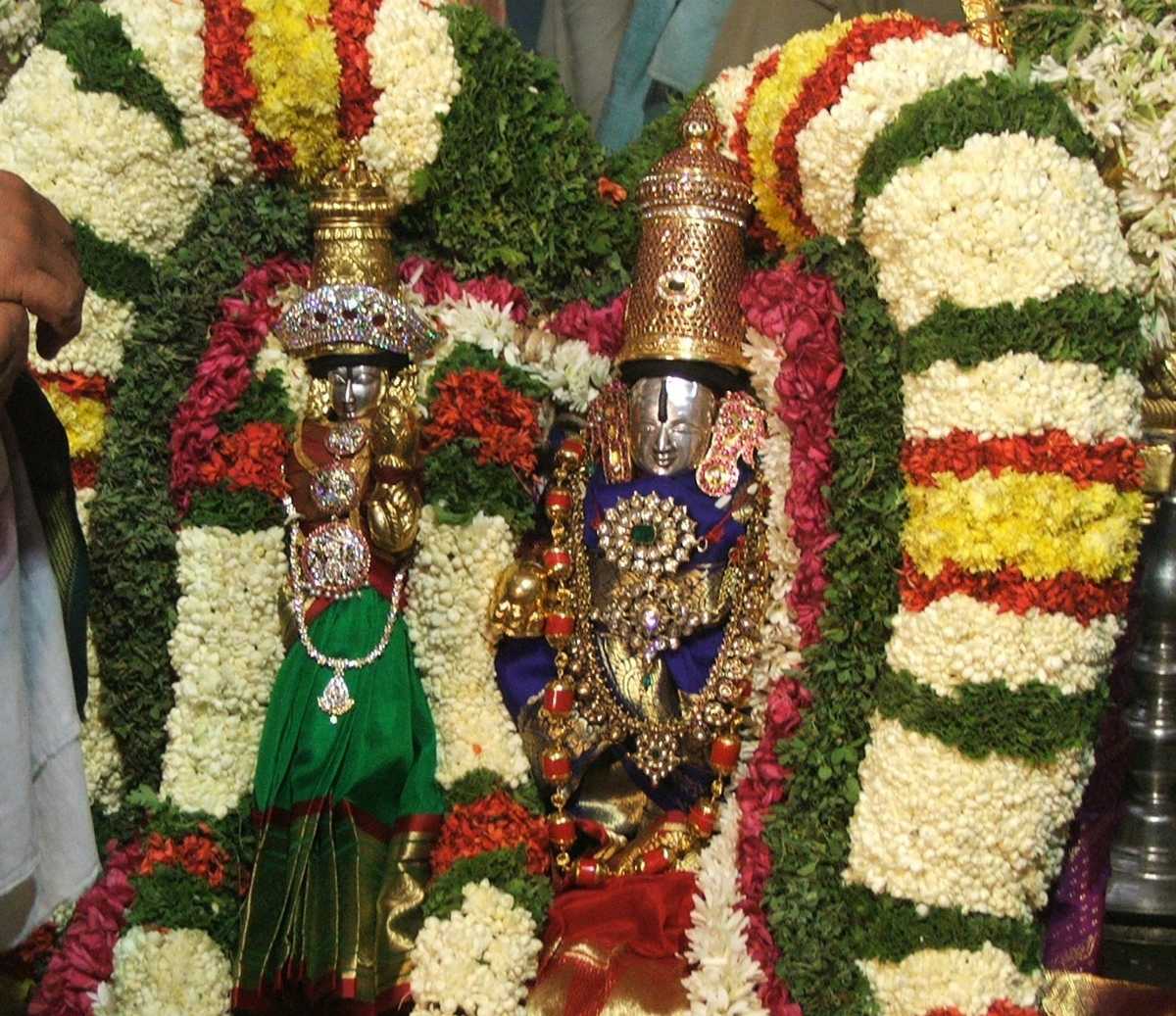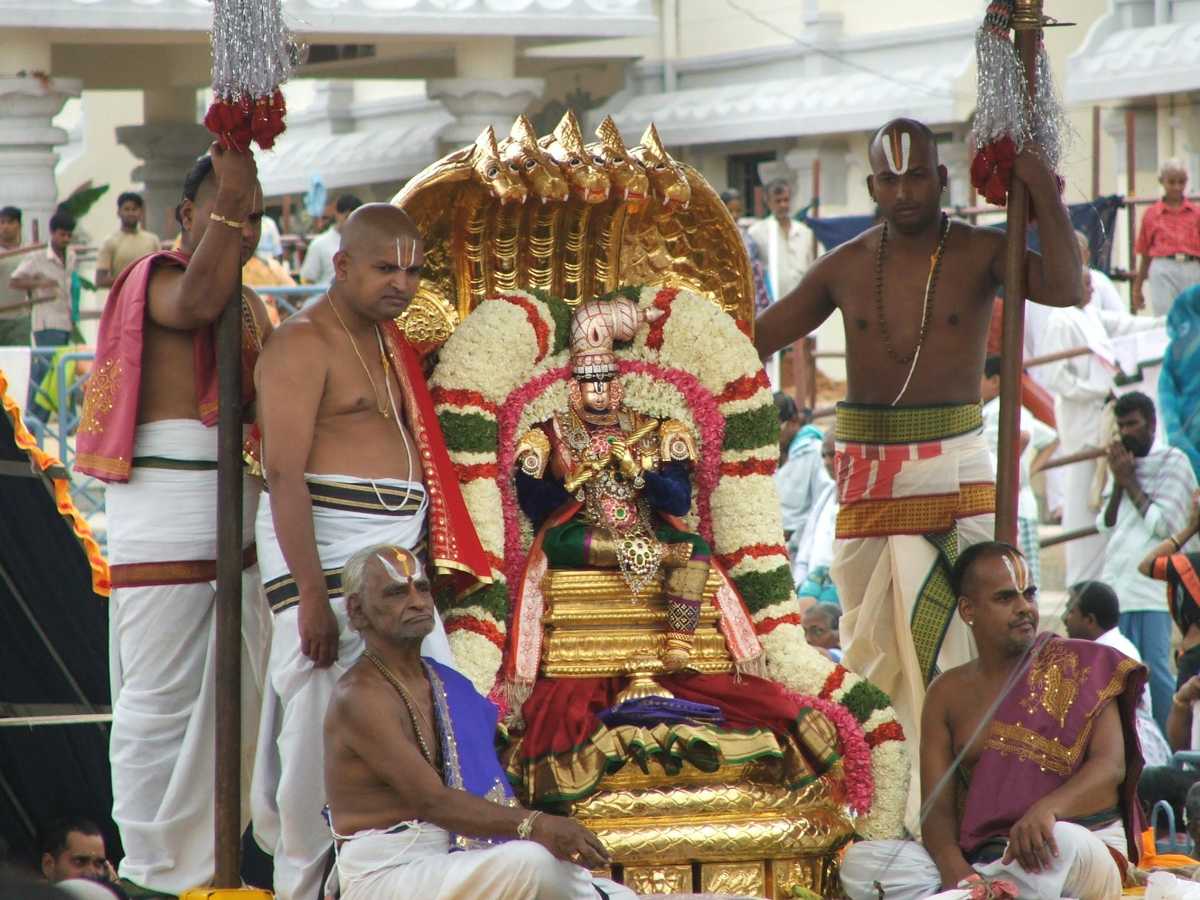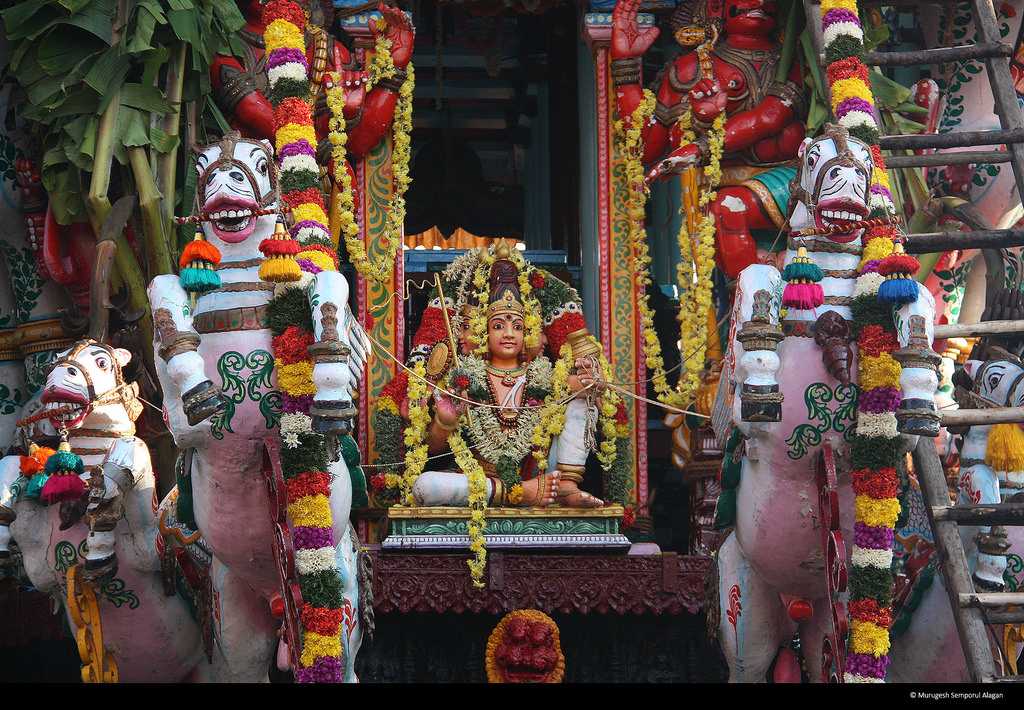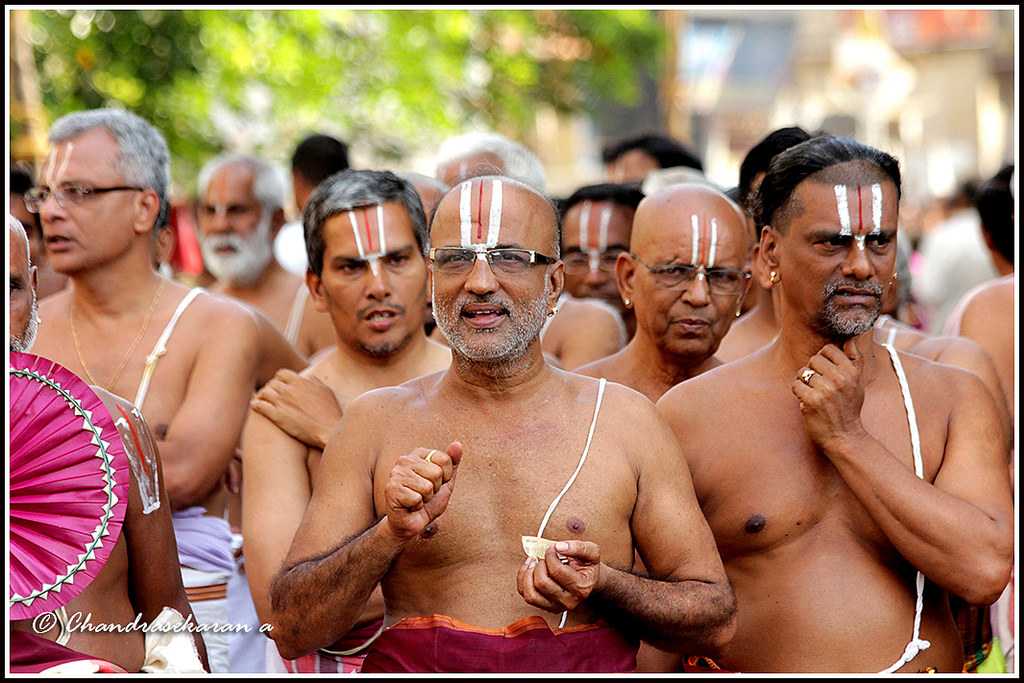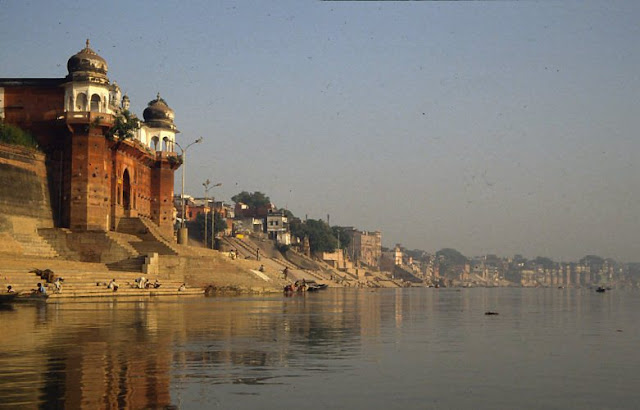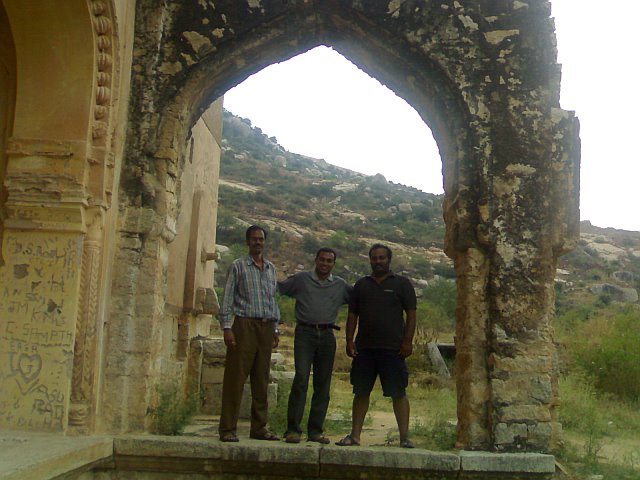Diwali, or Dipawali : Festival of Lights
Diwali, or Dipawali, is India's biggest and most important holiday of the year. The festival gets its name from the row (avali) of clay lamps (deepa) that Indians light outside their homes to symbolize the inner light that protects from spiritual darkness. This festival is as important to Hindus as the Christmas holiday is to Christians.
Over the centuries, Diwali has become a national festival that's also enjoyed by non-Hindu communities. For instance, in Jainism, Diwali marks the nirvana, or spiritual awakening, of Lord Mahavira on October 15, 527 B.C.; in Sikhism, it honors the day that Guru Hargobind Ji, the Sixth Sikh Guru, was freed from imprisonment. Buddhists in India celebrate Diwali as well.
In northern India, they celebrate the story of King Rama's return to Ayodhya after he defeated Ravana by lighting rows of clay lamps.
Southern India celebrates it as the day that Lord Krishna defeated the demon Narakasura.
In western India the festival marks the day that Lord Vishnu, the Preserver (one of the main gods of the Hindu trinity) sent the demon King Bali to rule the nether world.
Diwali is celebrated over five days.
DAY ONE: People clean their homes and shop for gold or kitchen utensils to help bring good fortune.
DAY TWO: People decorate their homes with clay lamps and create design patterns called rangoli on the floor using colored powders or sand.
DAY THREE: On the main day of the festival, families gather together for Lakshmi puja, a prayer to Goddess Lakshmi, followed by mouth-watering feasts and firework festivities.
DAY FOUR: This is the first day of the new year, when friends and relatives visit with gifts and best wishes for the season.
DAY FIVE: Brothers visit their married sisters, who welcome them with love and a lavish meal.
Diwali: Festival of Lights In India, one of the most significant festivals is Diwali, or the Festival of Lights. It's a five-day celebration that includes good food, fireworks, colored sand, and special candles and lamps.
This festival finds significance in Jainism, Sikhism, and Buddhism, along with Hinduism. Wherein friends and families get together, light ‘Diyas’ or earthen lamps in their houses, feast on sweet delicacies, exchange gifts, play games, and burn crackers.
It is celebrated in honor of Lord Ram returned to Ayodhya after fourteen years. Diwali is also believed that Goddess Lakshmi and God Kuber emerged from the churning of the milky sea carrying pots of wealth and elixir, respectively.
Hindus interpret the Deepavali or Diwali story based upon where they live. But there's one common theme no matter where people celebrate: the victory of good over evil.
Happiness is in the air because it is the ambiance of Diwali, which is everywhere. Shower love, care, and joy on everyone you meet. Rejoice on this blessed occasion and spread sparkles of peace and goodwill. Have a Happy Diwali 2019!”






